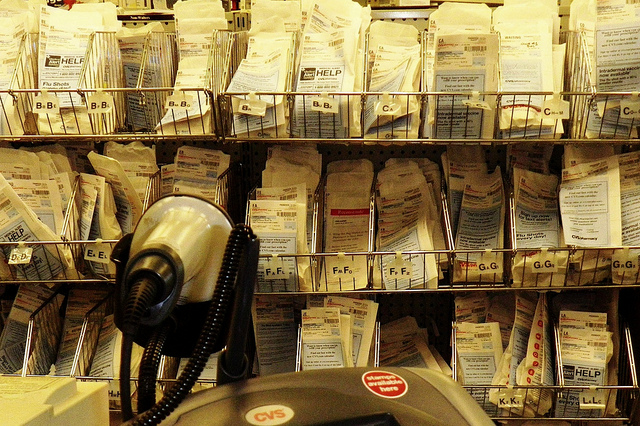The Kaiser Family Foundation has a new issue brief on Medicare Part D enrollment, premiums, and cost-sharing in 2018. The biggest takeaway is that if you are among the 43 million people with Medicare who have prescription drug coverage through Medicare Part D, you should choose your Medicare Part D drug plan carefully. Costs differ considerably among them.
More than seven in 10 people enrolled in both traditional Medicare (the government-administered plan that covers your care from virtually all doctors and hospitals anywhere in the US) and in Medicare Advantage plans (commercial health plans that contract with the government to offer Medicare benefits) get their prescription drug coverage through Medicare Part D. Almost six in 10 Part D plan enrollees are in traditional Medicare and just over four in 10 are enrolled in Medicare Advantage.
The average monthly Part D premium is $41, up 2 percent from 2017. Some premiums are as low as $20 and some are as high as $84. Deductibles, the amount you pay out of pocket before coverage kicks in, can be non-existent in some Medicare Part D drug plans. Four in 10 people are in Part D plans without deductibles. More people are enrolled in plans with a standard $405 deductible.
Coinsurance and copays, the amount you pay out of pocket when you get a covered drug, varies considerably, with generic drugs having far smaller out-of-pocket costs than brand-name drugs, though those costs have risen considerably over the last few years. Drugs that are considered “specialty,” which cost a minimum of $670, often have cost-sharing as high as one-third of the drugs’ price. Forty percent of people with Medicare are enrolled in Part D drug plans that charge coinsurance this high.
You can check out your Part D drug options on the Medicare Plan Finder, which includes information on premiums, deductibles and the costs of drugs in different Part D drug plans. Unfortunately, the Medicare Plan Finder can be misleading and difficult to use. You can get free help navigating it from your State Health Insurance Assistance Program or SHIP. Or, you might consider other options for keeping your drug costs down.
Most people with a Medicare Part D plan are enrolled in either UnitedHealth, Humana or CVSHealth.
Medicare’s Extra Help program helps pay the Medicare Part D premium for about 30 percent of people enrolled in these plans. One million people getting Extra Help pay a $26 monthly premium, on average, for their coverage, though they are eligible for Part D plans for which they do not need to pay a premium.
If you want Congress to rein in drug prices, please sign this petition.
Here’s more from Just Care:
- Six tips for keeping your drug costs down if you have Medicare
- Medicare Part D drug plans: Three tips
- Medicare drug benefit leaves many with high out-of-pocket costs
- Six things to know about your 2018 Social Security benefits
- New study finds Medicare Advantage plan enrollees end up in lower quality nursing homes than people in traditional Medicare

Leave a Reply